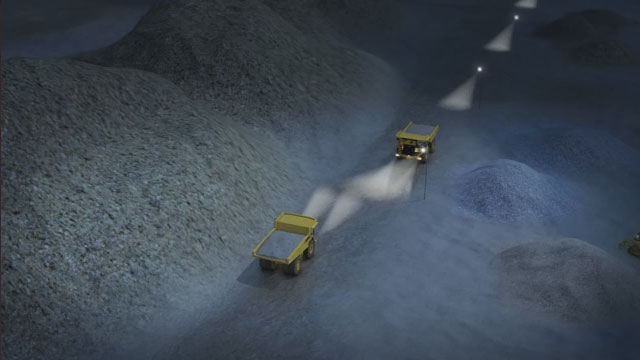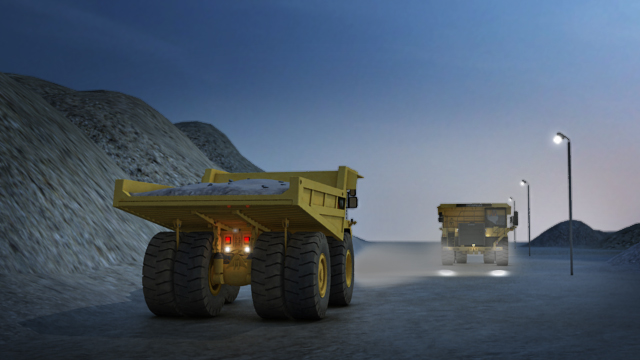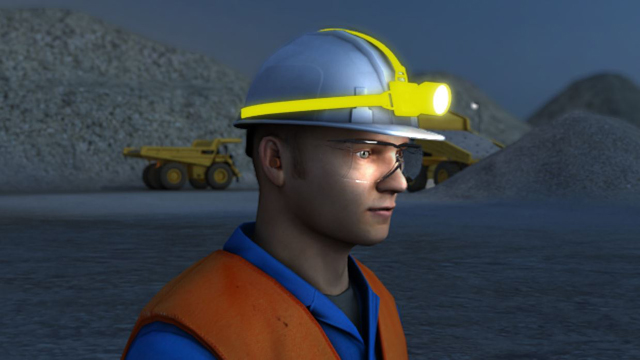




Night Shift Safety
Many different types of jobs require people to work shifts outside of “normal” daytime hours – convenience store clerks, hospital emergency room staff, law enforcement personnel, and firefighters, to name a few. Evening and night shift work can be challenging as it disrupts the body’s regular sleep/wake schedule. This leads to fatigue, stress, and lack of concentration, and increases the risk of operator error, injuries, and accidents.
This course describes some of the common hazards of night shift work and ways to deal with them. Specifically, it discusses sleep deprivation symptoms and prevention, nighttime weather and lighting needs, and best practices for working outside and operating mobile equipment at night.
Request a demoCourse Details
Learning Objectives
At the end of this course, you will be able to:
- State the definition of extended and unusual work shifts
- List common hazards of night shift work
- Describe sleep deprivation causes, symptoms, and prevention
- Describe how nighttime weather can affect working outside
- List lighting needs for working outside at night
- Identify best practices for working outside and operating mobile equipment during a night shift
Specs
| Course Level | Intermediate |
| Languages | English |
| Compatibility | Audio, Video |
| Based on: | Industry Standards and Best Practices |
Key Questions
What is the difference between a normal work shift and extended or unusual work shifts?
A normal work shift is typically an 8-hour work period during the day for five consecutive days per week. Extended or unusual work shifts may incorporate more continuous work hours in a day, more consecutive work days, or work during night hours.
What are some of the consequences of working unusual work hours?
Working outside of normal work hours can result in lost productivity, accidents, injuries, and even property damage.
What should I do if I will be changing to a night shift when I have been working a day shift?
If a night shift will be a change from your normal daytime work schedule, be sure to provide yourself adequate time to adjust. Stick to a healthy diet and maintain consistent sleep habits.
What are some of the weather hazards that can be present at night that differ during the day?
Depending on where your worksite is located, there could be several nighttime weather hazards. These can include large temperature drops which can lead to hypothermia if proper clothing is not worn, fog, and atmospheric moisture.
What are some best practices for operating mobile equipment at night?
Some best practices for working with mobile equipment at night include reducing your speed, keeping equipment lights on, and using flares to warn others of unsafe ground conditions.
What are some best practices for working outside at night?
Some best practices for working outside at night include using headlamps that allow you to use both hands while working, wearing high-visibility clothing, and maintaining radio contact with operators to confirm your presence and intentions.
Sample Video Transcript
When operating mobile equipment at night, it is extremely important to take appropriate measures to compensate for limited visibility. Follow these best practices when operating mobile equipment at night. Reduce your speed to allow for additional stopping time. Keep equipment lights on and make sure lights are clean and clear of mud or debris for added visibility in close proximity. Dim lights when approaching a work area to reduce glare for pedestrians and other equipment operators. Plan for additional water truck usage and other dust suppression engineering controls when dust further limits visibility. And use flares to warn others in the event of unsafe ground conditions or other work area hazards.
Additional Resources
- Occupational Safety and Health Administration (OSHA) – www.osha.gov
- OSHA Frequently Asked Questions – https://www.osha.gov/OshDoc/data_Hurricane_Facts/faq_longhours.html
- Center for Disease Control (CDC) – www.cdc.gov
- CDC National Institute for Occupational Safety and Health (NIOSH) – https://www.cdc.gov/niosh/docs/2004-143/pdfs/2004-143.pdf
- WebMD – www.webmd.com
- WebMD Sleep Disorders – http://www.webmd.com/sleep-disorders/features/important-sleep-habits
Demos + Pricing
Learn more about our courses, get pricing, and see our platform.











